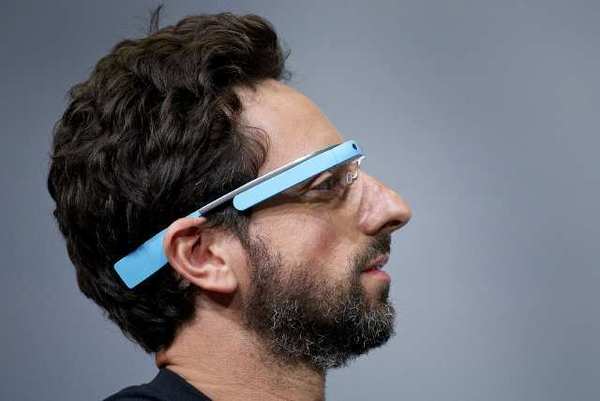
Tom Chi is an inventor who started Google X, Google’s invention team. During the first 10 months he was there, he and his team of 10 produced more than half the patents Google had ever produced from that time forward. Patents included things like Google Glass, self-driving car technology, Project Loon, glucose monitoring contact lenses, and more.

Tom utilizes a powerful methodology to solve big problems quickly, and this technique allowed him to create a working prototype of Google Glass in just one day!
He now teaches people all over the world how to solve big problems – environmental, social, health, corporate, etc. – rapidly and it begins with a unique brainstorming process, and he delivered one of the most powerful keynotes CTLF has ever had in 2016.
You can use this methodology to invite unfiltered as many unfiltered ideas into the room as possible, making every voice heard. You’re far more likely to find the best and most successful idea if you’re choosing from a list 50 ideas than 1 or 2!
Guiding Principle
The key to solving big problems is to be in action, trying ideas, learning from them, and iterating again and again. Don’t let the search for the perfect solution hold you back! What is a first step you can take to begin learning what you need to know to solve this problem? And begin it now…